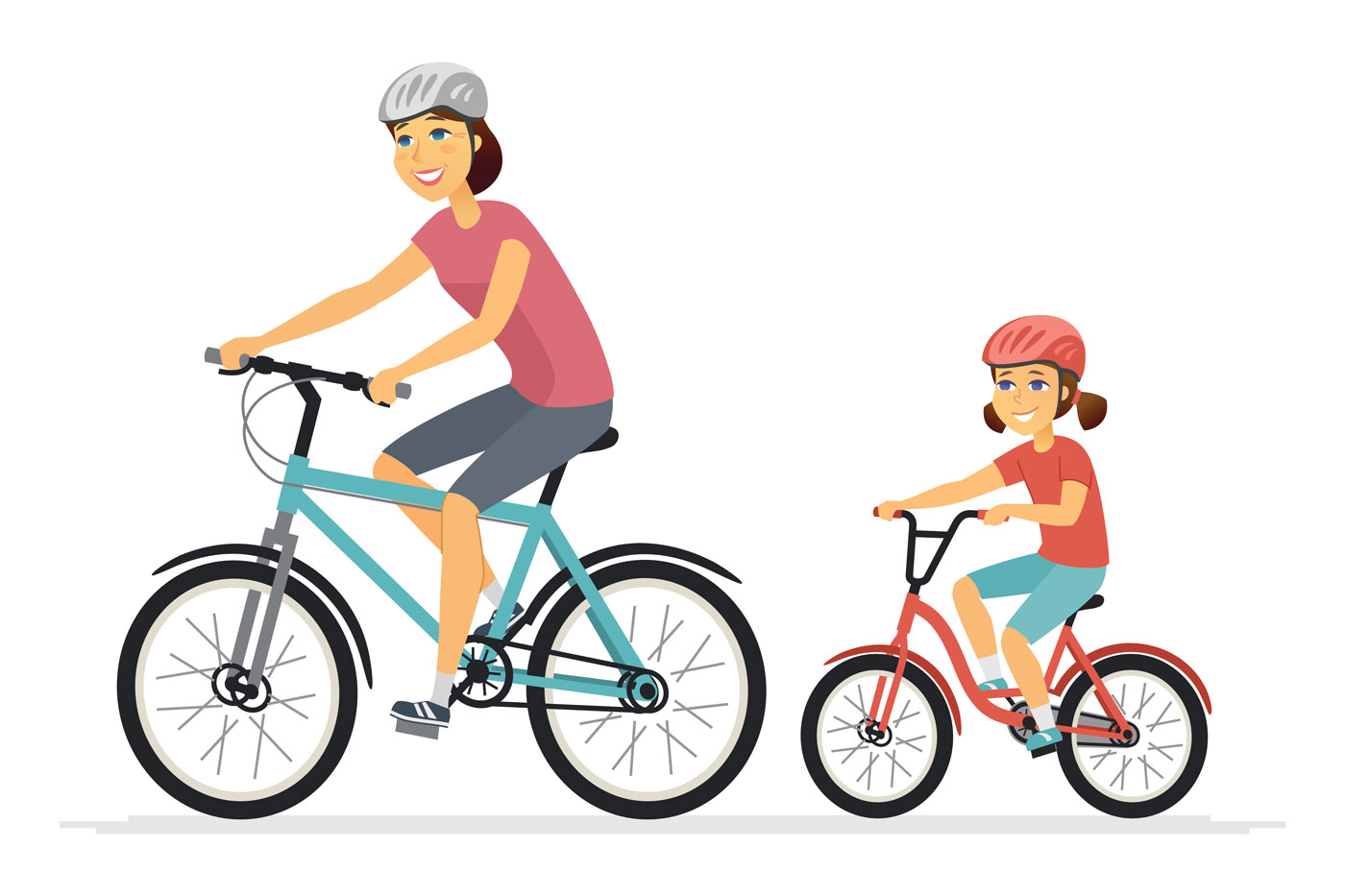Two months is a lot of time for kids to get restless, but it’s also an opportunity for families to grow closer. Christina Rinaldi, Professor, School & Clinical Child Psychology, and Lia Daniels, Associate Professor, Educational Psychology, at the University of Alberta, explain how families can make the most of their summer time together.
The first thing to consider is the lack of structure. Summer structure is important, but it doesn’t have to be as regimented as school. “At these parent conferences, where I’m just giving a general talk, I’ve been asked how many activities kids should be in per week. And they want me to give a magic number, like 2.3,” Rinaldi says. That kind of strict planning can add pressure to parents and kids, and cause stress when something falls through. It’s better to have a combined wish-and-to-do list of fun things, like checking out a new ice cream shop and projects like painting the fence, and checking things off when there’s time.
And, when making the list or planning a trip, get the kids involved. Summer provides a great chance for kids to have more say in what they do, and that volition makes it more likely they’ll enjoy (or at least not complain about) what they’re doing. This might also mean that the whole family isn’t doing everything together all the time. Sibling age gaps bring different interests, and alone time with one parent can nurture a child’s budding individuality. “And, from a parent’s perspective, that might actually be much more enjoyable,” Daniels says. “And there’s lots of research showing that there are things that kids benefit from moms and things that kids benefit from dads. So having the opportunity to be with each one, one-on-one, is good.”
There’s also value in not doing anything — together. Road trips and public events are great, but they aren’t inherently better for family bonding, and everyone needs alone time. “I will regularly say to my kids that lots of things of yours are my problem, but your boredom is not one of them. Go find something to do,” Daniels says. Being explicit that, on a given free day, mom and dad will just be hanging out — ready to engage but not actively interacting — while the kids play in the yard can be just as beneficial as a scheduled day at the park, a kind of bonding through osmosis.
“There is a lot of a lot of data that shows parents underestimate how much their kids just want them to be around,” Daniels says. “And, to some extent, that makes sense, because parents have so many more things that they’re trying to get done. But it doesn’t change the fact that kiddos are looking to have present parents, not perfect parents.”
This article appears in the July 2019 issue of Avenue Edmonton
